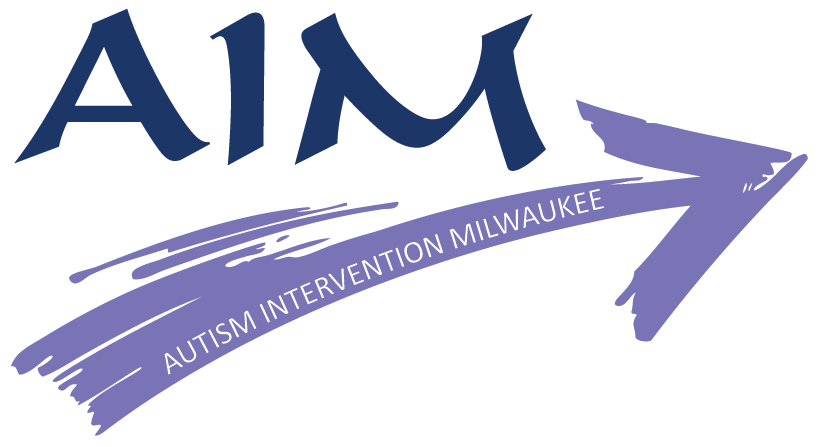What is Autism Spectrum Disorder?
Autism Spectrum Disorder is a brain-based disorder that adversely impacts development in the areas of communication, socialization, play and behavior. It is identified not by a specific medical test, but by clinical observation of a child’s behavior. While the presentation of symptoms varies widely among children affected, core deficits are evident in social and emotional reciprocity, use of language and in the presence of repetitive behaviors. Showing and pointing behaviors tend to be absent, and imitation skills are generally impaired.
Early Identification is Key
Until recently, autism has been viewed as a life-long and absolute condition. However, we now know, based upon research dating from the late 1980’s until today, that early intensive behavioral intervention can have a very positive and lasting impact. ‘Early’ means between the ages of 2 and 5, so having a child assessed as soon as concerns are noted is critical. ‘Intensive’ means 30-40 hours of treatment per week. Treatment generally lasts between two and four years, or until a child enrolls in full days of school.
Signs of Autism
What to look for…
- lack of pointing to show interest by 14 months (e.g. points to airplane overhead and looks to parents)
- no babbling by 12 months
- not responding to name by 12 months
- lack of back and forth sharing of smiles, sounds and facial expressions by 9 months
- lack of pretend play by 18 months
- repetitive use of language
- avoids or disinterested in other children
- repetitive nonfunctional behaviors (e.g. lining objects, spinning self or objects, hand-flapping, twirling objects, etc.)
- little or no eye contact

